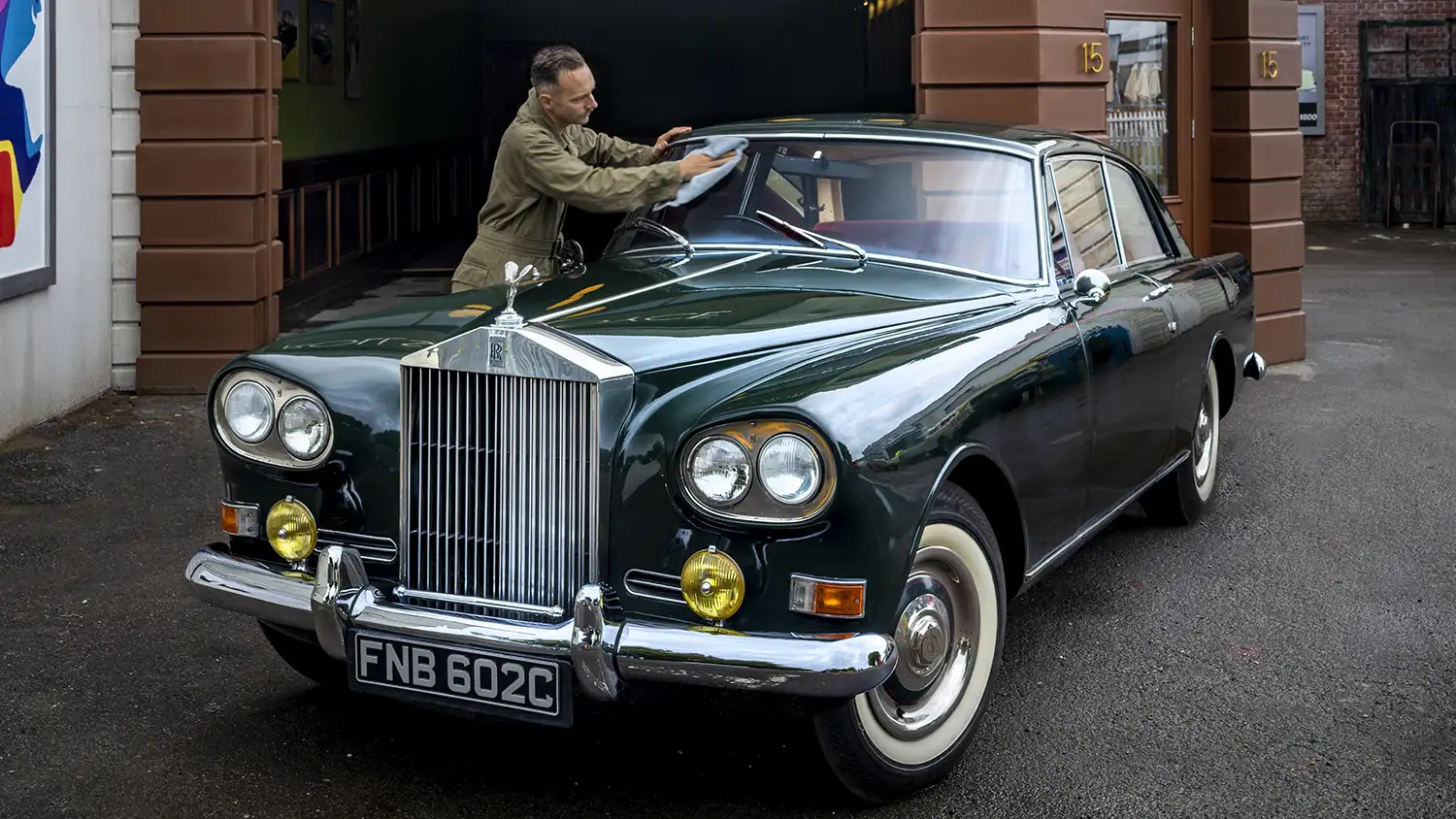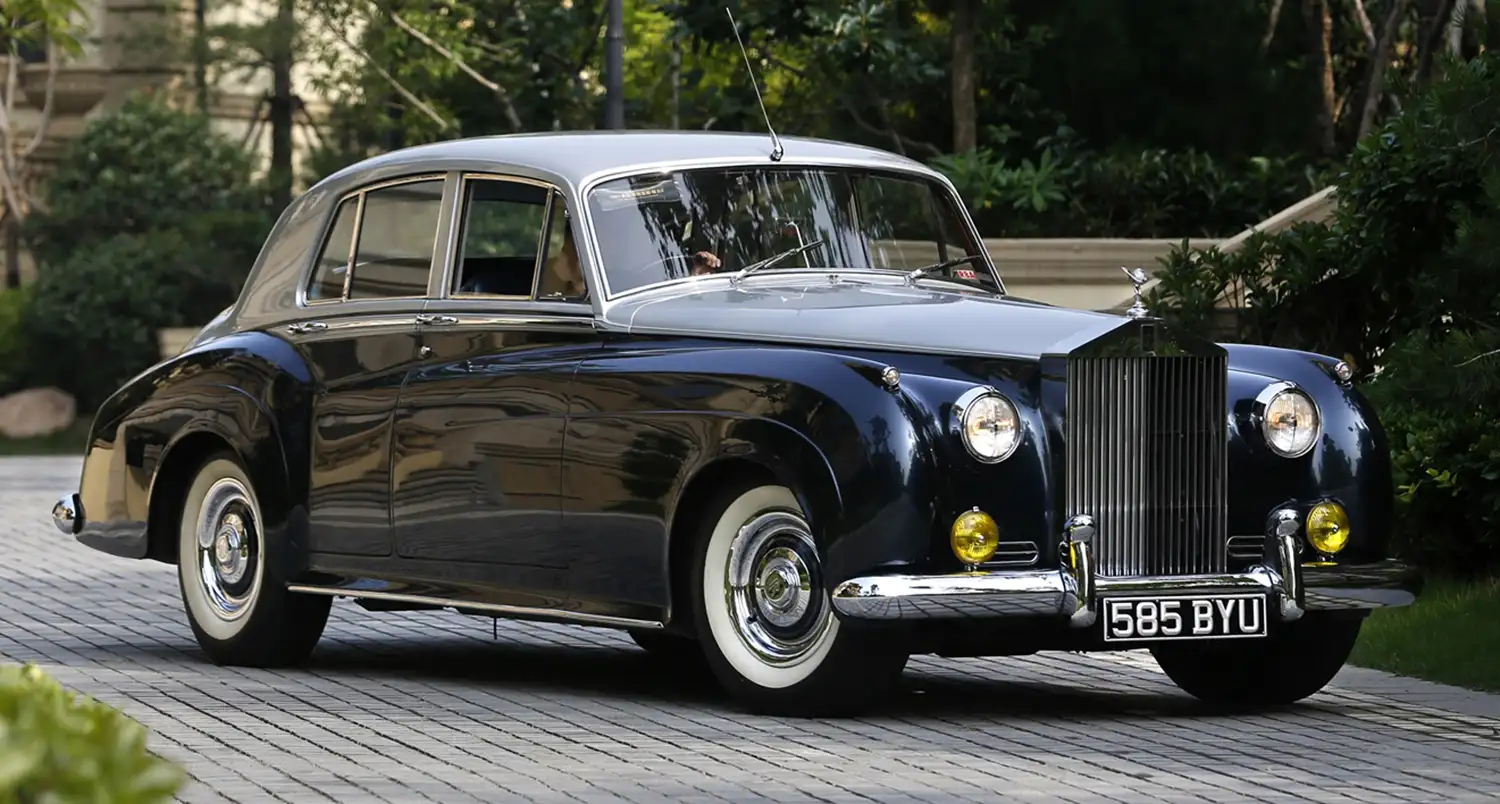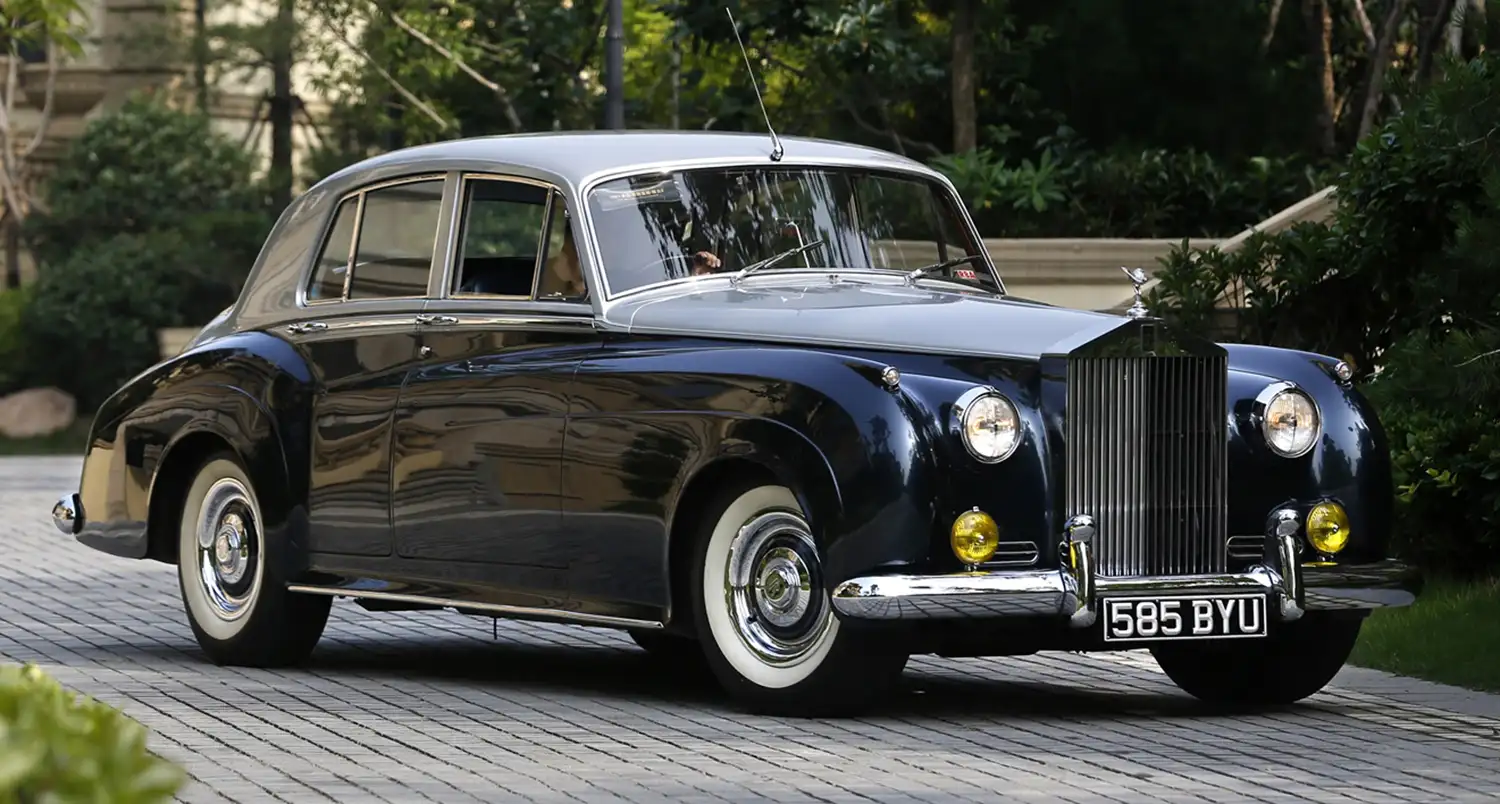
Launched in 1955, the Rolls-Royce Silver Cloud marked a transformative period for the marque, being the first model designed under the guidance of legendary stylist John Blatchley. This iconic model represented a shift toward modern design principles while preserving the elegance for which Rolls-Royce was known.
The Silver Cloud was the last Rolls-Royce available both as a complete car and as a rolling chassis, allowing bespoke bodywork by coachbuilders. This era-ending feature underscores its importance in Rolls-Royce’s history.
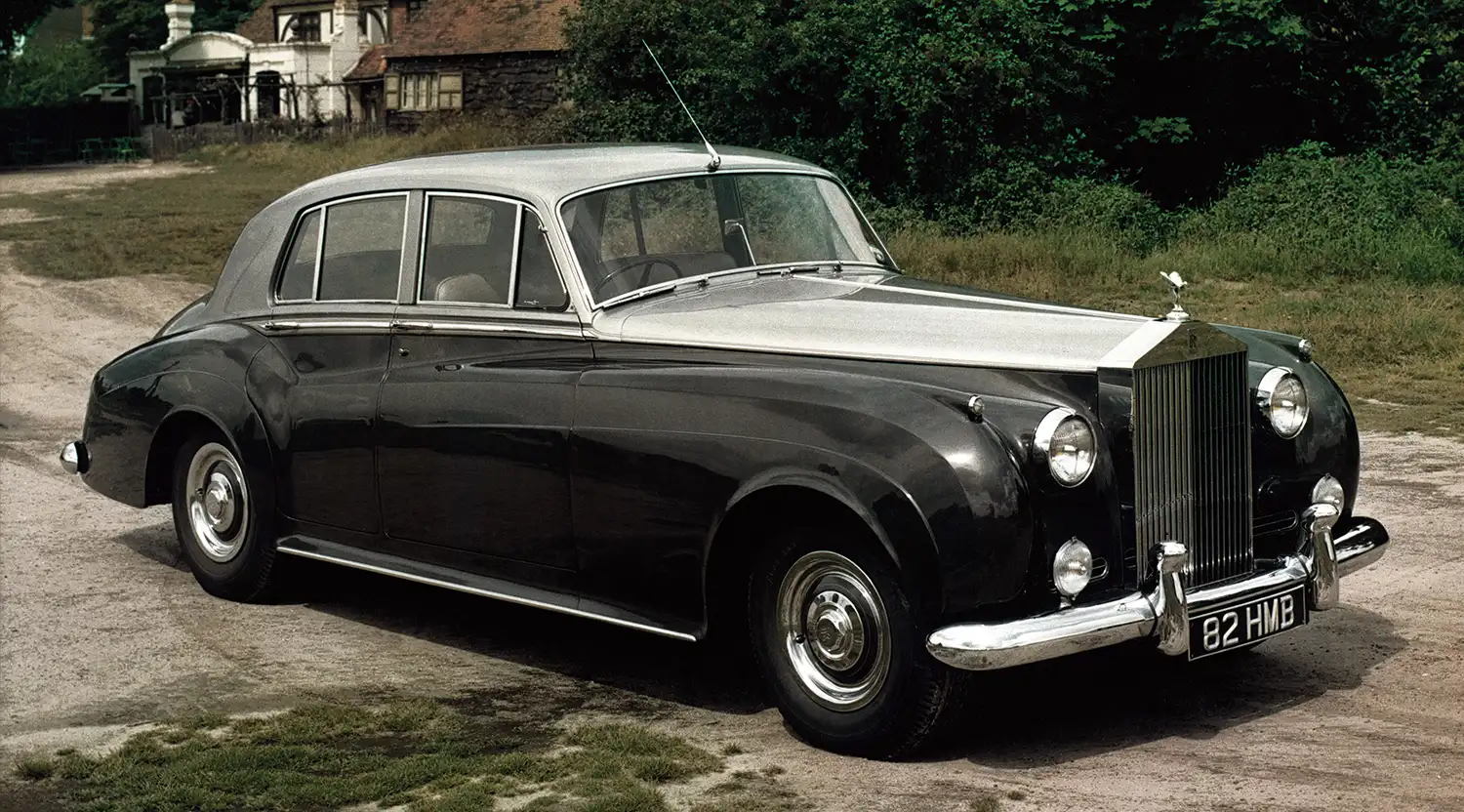
The Design Revolution
The development of the Silver Cloud began under Ivan Evernden, with Blatchley joining in 1940. Blatchley, who had gained experience at London coachbuilder Gurney Nutting, brought new ideas to Rolls-Royce’s styling, even during the wartime suspension of motor car production. The result was a model that combined the modern “New Look” with traditional British aesthetics.
Blatchley’s full-width body design increased cabin space, improving luxury and comfort. The car’s lengthened wheelbase and 4.9-litre straight-six engine made it powerful yet elegant. The design was forward-thinking, with an engine bay that could later accommodate a V8, which was introduced in Silver Cloud II.
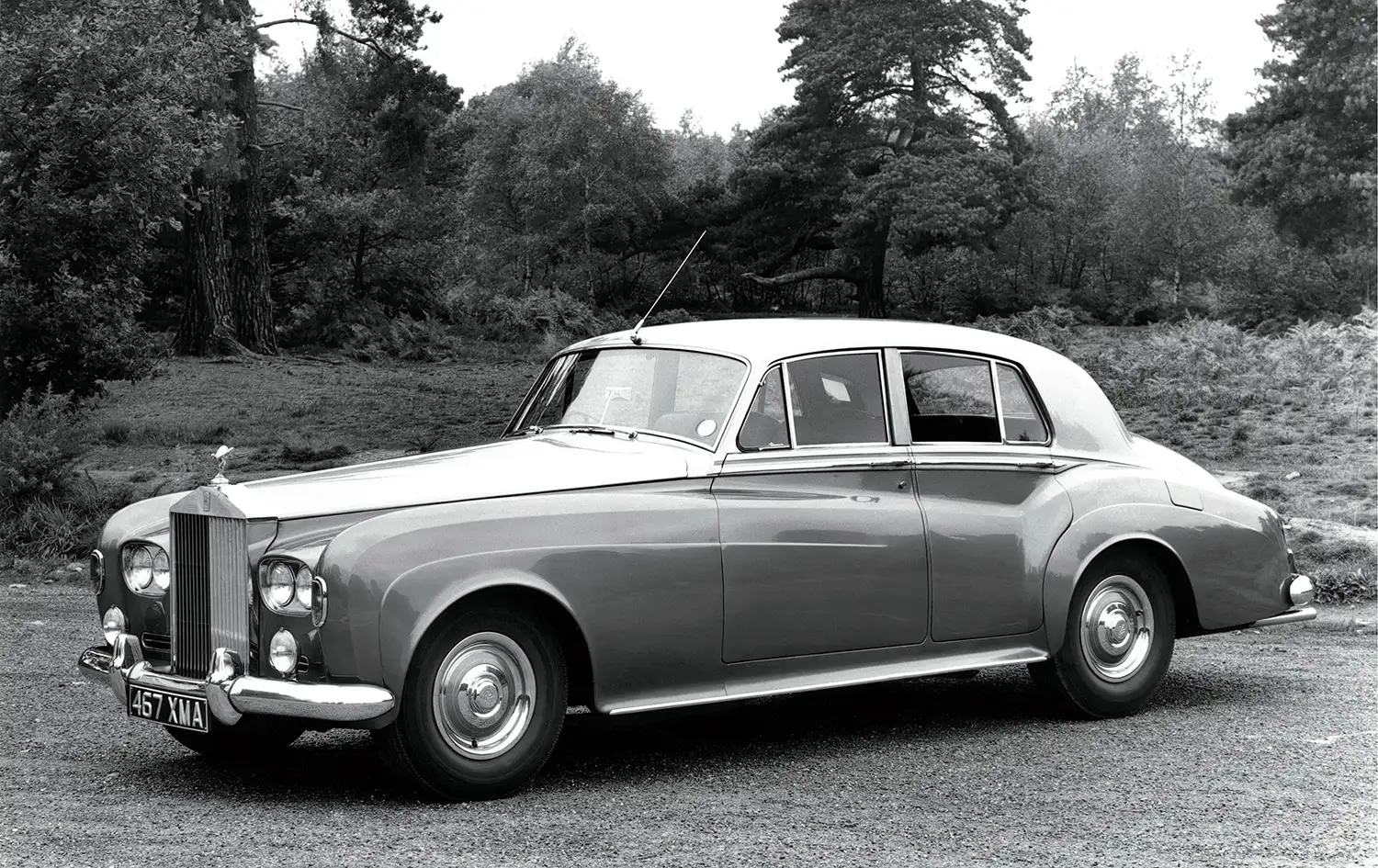
Engineering Excellence
The Silver Cloud was also revolutionary in terms of engineering. The chassis was redesigned for 46% greater rigidity, and an automatic transmission became standard—a first for Rolls-Royce. In 1956, power steering was introduced, adding to the ease of handling this grand tourer.
Silver Cloud Legacy
The Silver Cloud evolved through three iterations, each building on the last. The Silver Cloud II introduced the 6.2-litre V8 engine, while the Silver Cloud III brought a more modern aesthetic, with dual headlamps and a sloping bonnet for better aerodynamics.
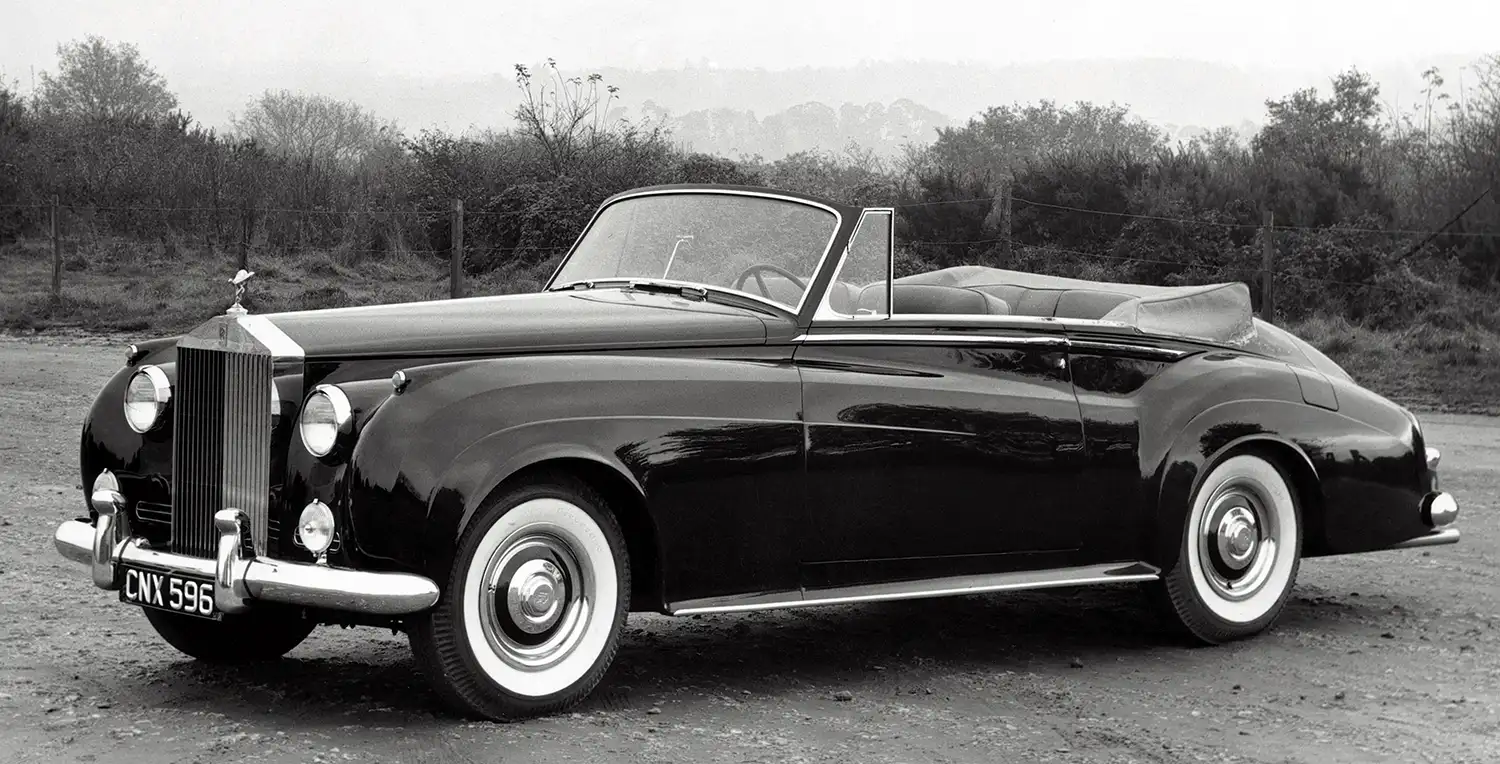
Production ended in 1965, succeeded by the Silver Shadow, but the Silver Cloud’s influence remains. A coachbuilt Silver Cloud III was a highlight at Goodwood Revival 2023, a fitting tribute to a timeless classic.
Blatchley’s work left a lasting legacy, even advising on the design of Phantom VII in the 2000s, showcasing the enduring impact of his vision on Rolls-Royce’s future.
Source: Rolls-Royce
This article was crafted with assistance from Chatgpt

